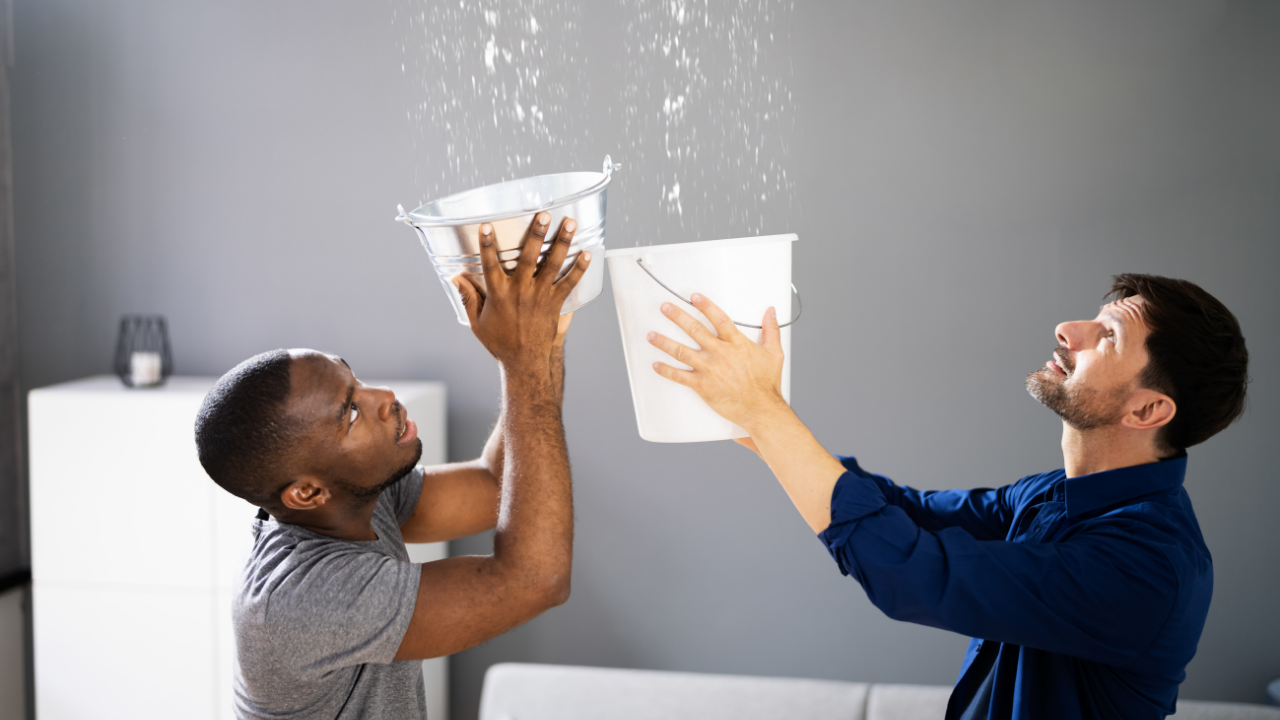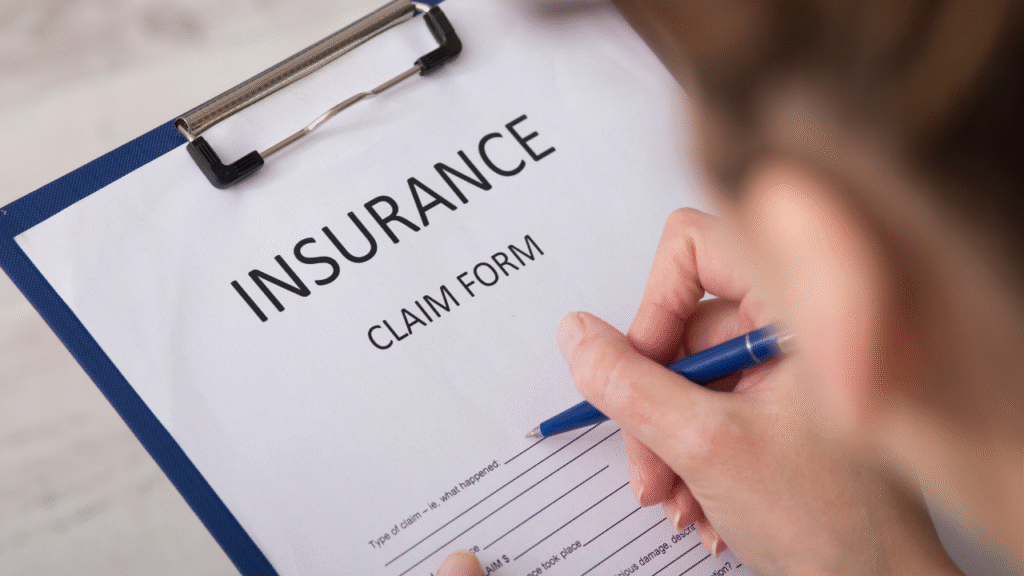Introduction
Water damage can strike at any time, turning your home or business upside down in a matter of minutes. Whether it’s from a burst pipe, flooding, or a leaky roof, the aftermath can feel overwhelming. Knowing what to do in those first critical moments can make all the difference. In this guide, we’ll walk you through the emergency steps for water damage restoration and explain why calling in the professionals is often the smartest move.
Understanding Water Damage: Why Speed Matters
When water invades your property, every second counts. Water can seep deep into floors, walls, and furniture, causing structural issues and creating a perfect environment for mold growth. Mold can start to develop in as little as 24–48 hours, posing health risks and increasing repair costs. That’s why immediate action is essential.
Emergency Steps to Take After Water Damage
1. Ensure Safety First
- Turn off electricity in affected areas to prevent electrical hazards.
- Avoid standing water if you suspect electrical outlets or appliances are submerged.
- Wear protective gear such as gloves and boots if you must enter the area.
2. Stop the Water Source
- Locate and shut off the main water supply if the leak is internal.
- If the water is coming from outside (like flooding), try to block entry points with towels or sandbags until help arrives.
3. Protect Your Belongings
- Move valuable items, electronics, and important documents to a dry area.
- Remove rugs, curtains, and soft furnishings to prevent further damage.
- Place aluminum foil or wood blocks under furniture legs to avoid staining and warping.
4. Document the Damage
- Take clear photos and videos of all affected areas and items.
- Keep a record of damaged belongings for insurance claims and restoration planning.
5. Remove Standing Water (If Safe)
- Use mops, towels, or a wet/dry vacuum to soak up as much water as possible.
- Open windows and doors to encourage airflow.
6. Call Your Insurance Company
- Notify your insurer as soon as possible.
- Provide documentation and follow their instructions for claims processing.
Why Professional Water Damage Restoration Is Essential
Advanced Equipment and Expertise
Professional water damage restoration companies use industrial-grade equipment—powerful pumps, air movers, and dehumidifiers—to remove water and moisture quickly and thoroughly. Their expertise ensures that even hidden moisture in walls and floors is addressed, reducing the risk of mold and structural damage.
Comprehensive Assessment
Experts conduct a detailed inspection to identify the full extent of the damage, including areas you might overlook. They use moisture meters and thermal imaging to detect water in hard-to-see places.
Mold Prevention and Remediation
Professionals treat affected areas with antimicrobial agents to prevent mold growth, safeguarding your family’s health and your property’s value.
Efficient Restoration and Repairs
From water extraction to drying, cleaning, and repairs, restoration specialists handle every aspect of the process. They can also assist with rebuilding damaged structures, ensuring your home returns to its pre-loss condition as quickly as possible.
Insurance Assistance
Navigating insurance claims can be confusing and stressful. Restoration companies often help with documentation and communication, making it easier to get the compensation you deserve.
Safety First
Water damage can create hazards like contaminated water, weakened structures, and electrical risks. Professionals are trained to handle these dangers, keeping you and your loved ones safe.
The Professional Water Damage Restoration Process
Here’s what you can expect when you hire a reputable restoration service:
- Assessment and Inspection:
Experts evaluate the damage and create a restoration plan. - Water Removal:
High-capacity pumps and vacuums extract standing water quickly. - Drying and Dehumidification:
Industrial air movers and dehumidifiers dry out floors, walls, and furniture. - Cleaning and Sanitizing:
All affected areas are cleaned and disinfected to remove contaminants and odors. - Restoration and Repairs:
Damaged materials are repaired or replaced, restoring your property to its original state.
Tips to Prevent Future Water Damage
- Regularly inspect pipes, appliances, and roofing for leaks.
- Install water leak detectors and sump pumps.
- Keep gutters and drains clear of debris.
- Know the location of your main water shut-off valve.
Conclusion
Water damage can be a homeowner’s nightmare, but acting fast and knowing the right steps can minimize the chaos. While you can take initial emergency actions, professional water damage restoration is the key to a safe, thorough recovery. Their expertise, equipment, and support can save you time, money, and stress.






